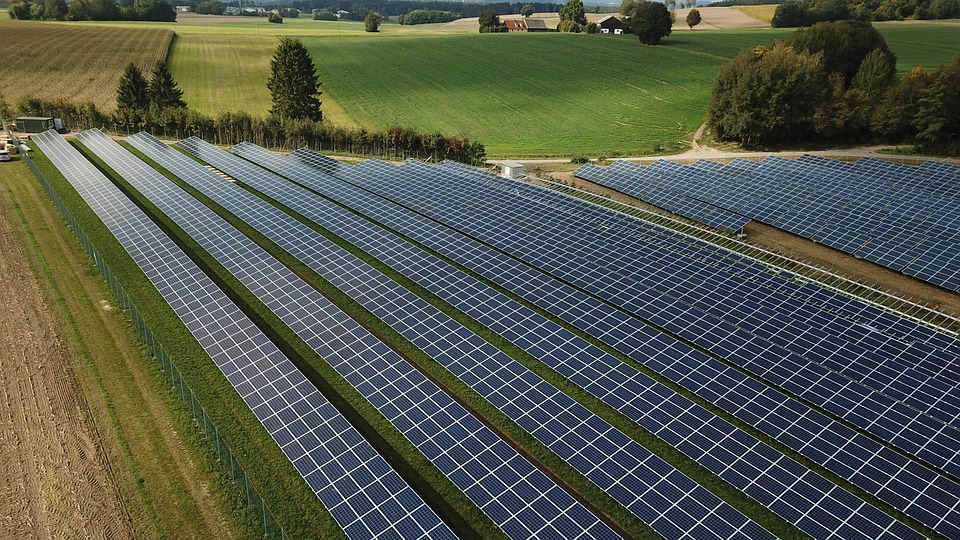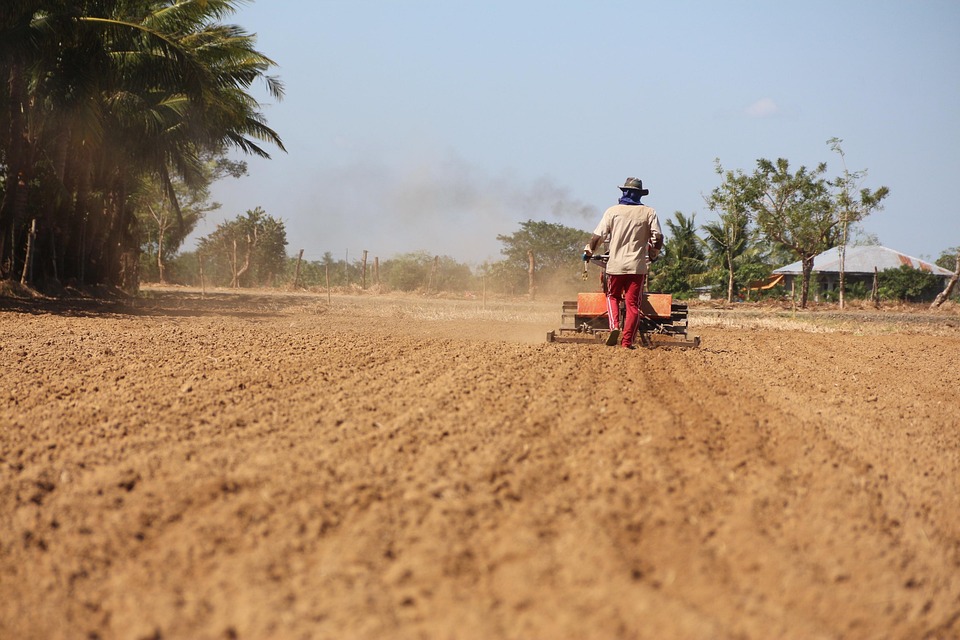Living Off the Grid: How Off-Grid Solar Systems are Changing the Game
# Living Off the Grid: How Off-Grid Solar Systems are Changing the Game There’s nothing like the feeling of opening your eyes to a dawn chorus of chirping birds, with sunbeams filtering through the trees, illuminating your cozy cabin. I still remember my first full day in the woods, breathing in the fresh, pine-scented air and feeling completely disconnected from the bustling world beyond the boughs. As I brewed coffee over an open fire, I couldn’t help but marvel at how I had traded in traditional utility bills for sunlight and Mother Nature’s gift of energy. Living off the grid is more than just a lifestyle; it’s a mindset, and off-grid solar systems are the exciting catalyst that’s transforming this adventure into a reality for many. ## The Shift Towards Off-Grid Living Recent decades have seen an increasing disillusionment with urban living, leading more and more individuals and families to seek refuge in nature. The peace that comes with disconnecting from the distractions of modern life is deeply appealing. But let’s face it: going completely off the grid isn’t as simple as packing up your belongings and moving to the woods. You need a reliable energy source, especially if you want to enjoy modern conveniences like refrigeration, lighting, or even a warm shower. The good news? Off-grid solar systems have emerged as a reliable, accessible solution. With technological advancements, solar panels have become more efficient, affordable, and user-friendly than ever. This has dramatically changed the game for those interested in living sustainably and off the beaten path. ## What Is an Off-Grid Solar System? In the simplest terms, an off-grid solar system generates electricity from sunlight, allowing you to live independently of traditional electricity grids. This system typically includes solar panels, an inverter, batteries, and a charge controller. Here’s a breakdown of each component: – **Solar Panels**: These collect sunlight and convert it into direct current (DC) electricity. – **Inverter**: This device converts DC into alternating current (AC) power, which is what most household appliances use. – **Batteries**: These store excess energy generated during sunny days for use when the sun isn’t shining. – **Charge Controller**: This regulates the voltage and current coming from the panels to ensure the batteries are charged properly without overloading. ## Harnessing Nature’s Power: The Benefits Living off the grid isn’t just about escaping the rat race; it comes with a plethora of benefits that make it increasingly attractive: ### 1. **Energy Independence** One of the biggest perks is the freedom that comes with not being tied to a utility company. With an off-grid solar system, you generate your own energy, which means you’re not subject to fluctuating energy prices or blackouts caused by storms or equipment failures. ### 2. **Environmental Impact** Solar power is a clean, renewable resource. By relying on solar energy, you reduce your carbon footprint and contribute to a more sustainable planet. It’s a gratifying feeling to know that your lifestyle choices are helping protect Mother Earth. ### 3. **Cost Savings** While the initial investment in solar technology can be significant, many find that the long-term savings on electricity bills more than compensate. After the system pays for itself, you’re essentially producing free energy from the sun! ### 4. **Resilience in Emergencies** In uncertain times—whether due to natural disasters or man-made crises—having an independent energy source provides peace of mind. Off-grid solar systems can be a lifeline, keeping your lights on and your devices charged when others are left in the dark. ### 5. **Promotes a Minimalist Lifestyle** Living off the grid often encourages a simpler lifestyle. You learn to prioritize what you truly need versus what you want. Many off-gridders find themselves decluttering their lives, focusing on experiences rather than possessions. ## Setting Up Your Off-Grid Solar System: A Quick Overview Thinking about setting up your own off-grid solar system? Here’s a quick step-by-step guide to get you started: ### Step 1: Energy Assessment Before buying anything, consider your energy needs. Conduct a thorough analysis of what appliances you’ll be using and how much energy they require. This will help you determine the size of the system you’ll need. ### Step 2: Choose Your Equipment With numerous options available, choose high-quality solar panels and appliances that are rated for energy efficiency. Additionally, look for a suitable inverter and battery storage options that meet your needs. ### Step 3: Installation While some folks opt for DIY installations, hiring a professional can save you time and headaches, especially if you’re unfamiliar with electrical systems. Ensure everything meets local codes and regulations. ### Step 4: Monitoring and Maintenance Once your system is up and running, regularly monitor its performance. Periodic cleaning of the panels and ensuring good battery maintenance is key to maximizing efficiency and lifespan. ## Pro Tips for Living Off the Grid with Solar Power 1. **Optimize Your Location**: Install solar panels where they will capture the most sunlight, avoiding shaded areas. A southern exposure is usually ideal in the Northern Hemisphere. 2. **Invest in Quality**: If you can, opt for well-reviewed solar products and materials. Sometimes, spending a bit more upfront can save you significant costs on repairs and replacements in the long run. 3. **Understand Your Consumption**: Familiarize yourself with the energy consumption of your appliances. Strive for energy-efficient alternatives and consider solar-powered appliances when possible. 4. **Expand Incrementally**: If you’re unsure about your needs, consider starting with a smaller system and gradually expand as your energy needs grow or your knowledge improves. 5. **Embrace a Backup Plan**: While solar is great, having a backup generator or another form of energy source can be invaluable for those cloudy days or unforeseen circumstances. ## Community and Off-Grid Living Living off the grid doesn’t mean living in isolation. Connecting with others who share similar values and experiences can enrich your journey. Many communities and online forums exist where you can share insights, trade tips, and find support. Think about hosting a local potluck or gathering where off-grid enthusiasts can share










